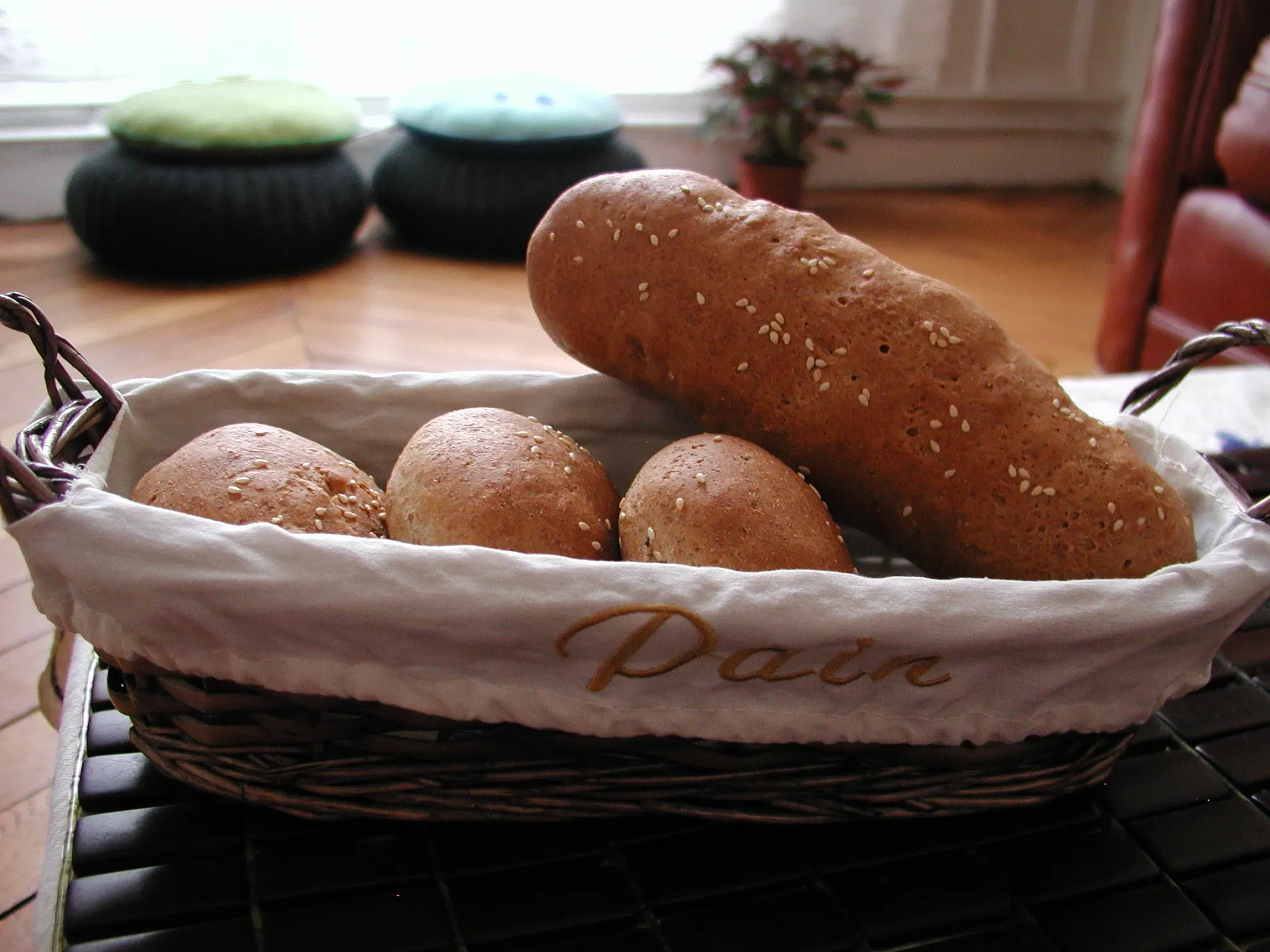
For quite a long time, I had been thinking about baking bread at home, something I would have never imagined in my wildest dreams if I were in India. But living in Paris, it just clicked – why not try it once as an experiment, since bread is a staple food here and an icon of France? This is why French people visit the local “Boulangerie” (hot bread shop) at least once a day. These shops are located on nearly every street corner, filled with delicious sensations and the smells of warm, just-baked bread, which definitely increase your appetite while passing by, particularly in the morning and evening when fresh bread and other baked items like croissants come out of the oven.
While staying in Paris, I often see people riding bikes, mopeds, or motorbikes with baguettes strapped to the back, or walking the streets with their baguette under their arm, racing to get home at the end of the day. So, this might be another reason I considered baking bread at home.
Anyway, I wanted to get Santanu’s opinion on this matter, although I already knew his answer… “No way.” As he said “no,” I became more determined to do it myself when he wasn’t around.
The first step was to get the ingredients, particularly the leavening agent such as yeast, which I got from a nearby superstore. The rest of the ingredients are usually available in our Indian kitchen. Since Santanu is a bit health-conscious, I opted for wheat flour, which has superior nutritional value compared to plain all-purpose flour, and I thought to encrust the bread with either sesame or poppy seeds to give it a special taste.
There is a wide variety of breads, and preferred varieties often vary from region to region, especially in France. This variation is achieved by manipulating rising times, kneading techniques, and using traditional brick ovens, though the basic ingredients like water, salt, yeast, and flour remain the same. Bread can be served at room temperature or hot, but it’s always best when fresh. It can be used as an enclosure for sandwiches, topped with jam, butter, or cheese, or served with pasta, a crispy fresh salad, or a hearty bowl of soup. Once baked, bread can subsequently be toasted. It’s better not to store it in the fridge as it becomes stale. Instead, one can store it in a zip-lock plastic bag to keep air out.
For my first experiment, I used a very simple technique, and voila – my experiment turned out quite well, much to my surprise. Even Santanu was astonished to see the results.
Once you have tasted fresh bread, whether from a boulangerie or homemade, I am sure you will never forget its taste. A crisp, crunchy crust and slightly chewy, soft spongy center make this bread a bit traditional.
Read Next
Date Walnut Brownies
Santanus Weekend Kitchen Adventures
Taste of India @ Swiss
Swiss Surprises - Discovering Lassi in Switzerland
